Navigating the cold with Tools, Tips, & Tricks
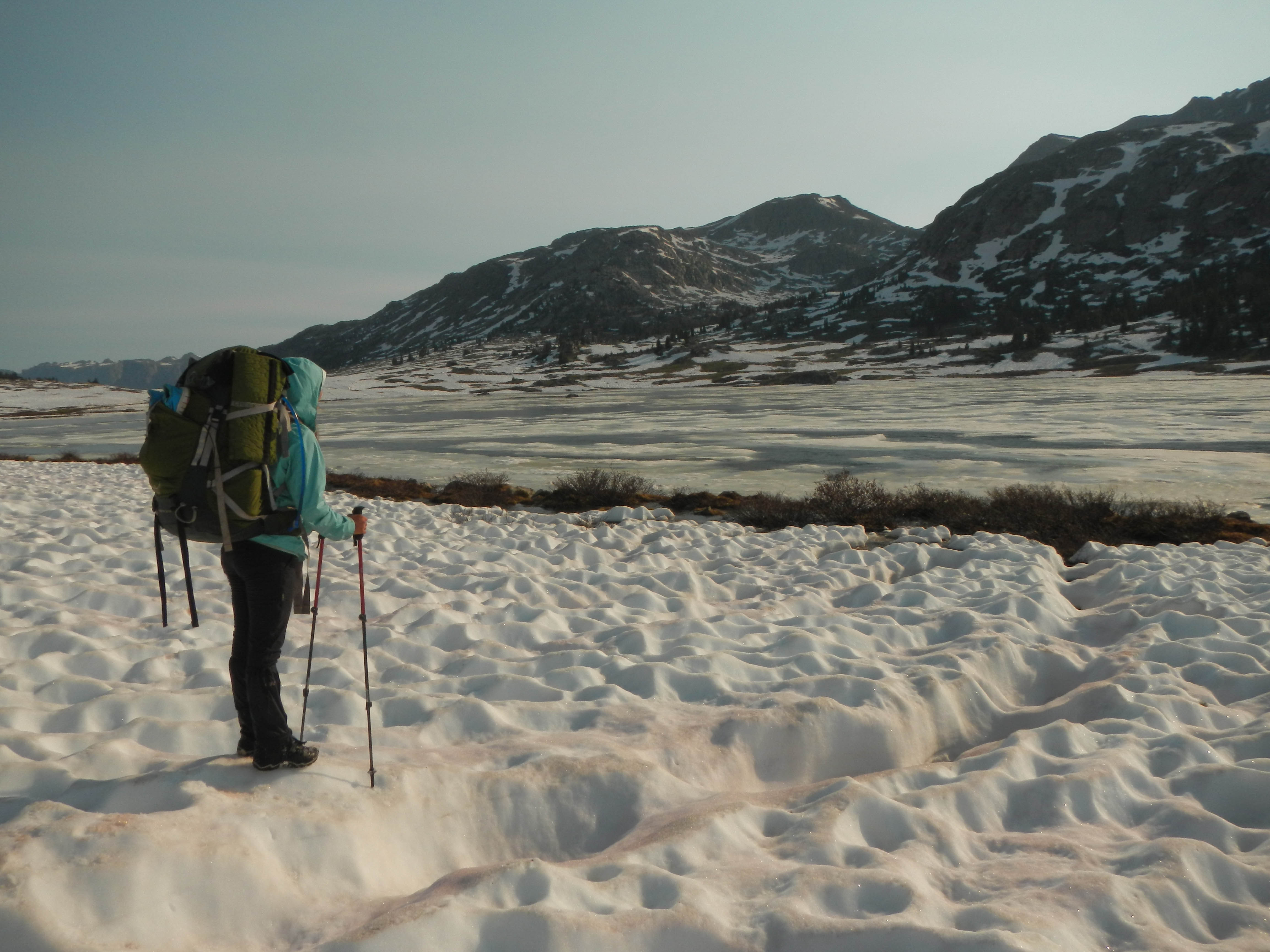
Think of the coldest you have ever been…
No, really. Stop and think about the absolute coldest you have ever been.
What were you hearing? Were you able to feel anymore? Did you get any weird tastes? Did you suddenly feel like global warming is a myth? Can you even remember? Or do you just recall being freezzzzzing?
For some of us, the coldest we have ever been was actually during the summer months. Temperature exposure and safety is a daily reality in the outdoors- whether that be during the summer or the winter. Beautiful days in the outdoors can turn into bitter cold nights, so how do we best educate ourselves and prepare for such fluctuation? In this blog, we hope to bust some myths and give you a few simple tools, tips, and tricks to add to your repertoire.

THE BASICS:
- We, humans, lose heat in four different ways: Evaporation, Convection, Conduction, and Radiation. Hypothermia and cold injuries can be a result of poorly regulating one (or all) of these heat loss mechanisms (see additional resources below for definitions).
- It is important to recognize the strong connection between fluid levels, fluid loss, and heat loss. As body moisture is lost through the various evaporative processes the overall circulating volume is reduced which can lead to dehydration. This decrease in fluid level makes the body more susceptible to hypothermia and other cold injuries.¹
- Prevention, prevention, prevention. You just can’t beat it.
MYTHBUSTERS:
Myth #1: Two people in a sleeping bag will cure hypothermia.
Actually, this is not needed, nor is it that helpful. The amount of heat produced by the second person is miniscule in helping to increase the overall temperature of the cold person. Plus, depending on how cold the person is, they will not want to be jostled (or should not be jostled around).
Myth #2: Hot drinks will stop hypothermia.
Giving someone a warm beverage will not increase their temperature. It may be a mental boost, so it might be a good idea after doing initial care and treatment.
Myth #3: Warm up quick when you’re hypothermic!
More like “warm up nice and slow”. Our bodies are better at getting rid of heat than retaining it. Make sure to give your cold person lots of time to warm up and stabilize at a warm temperature.
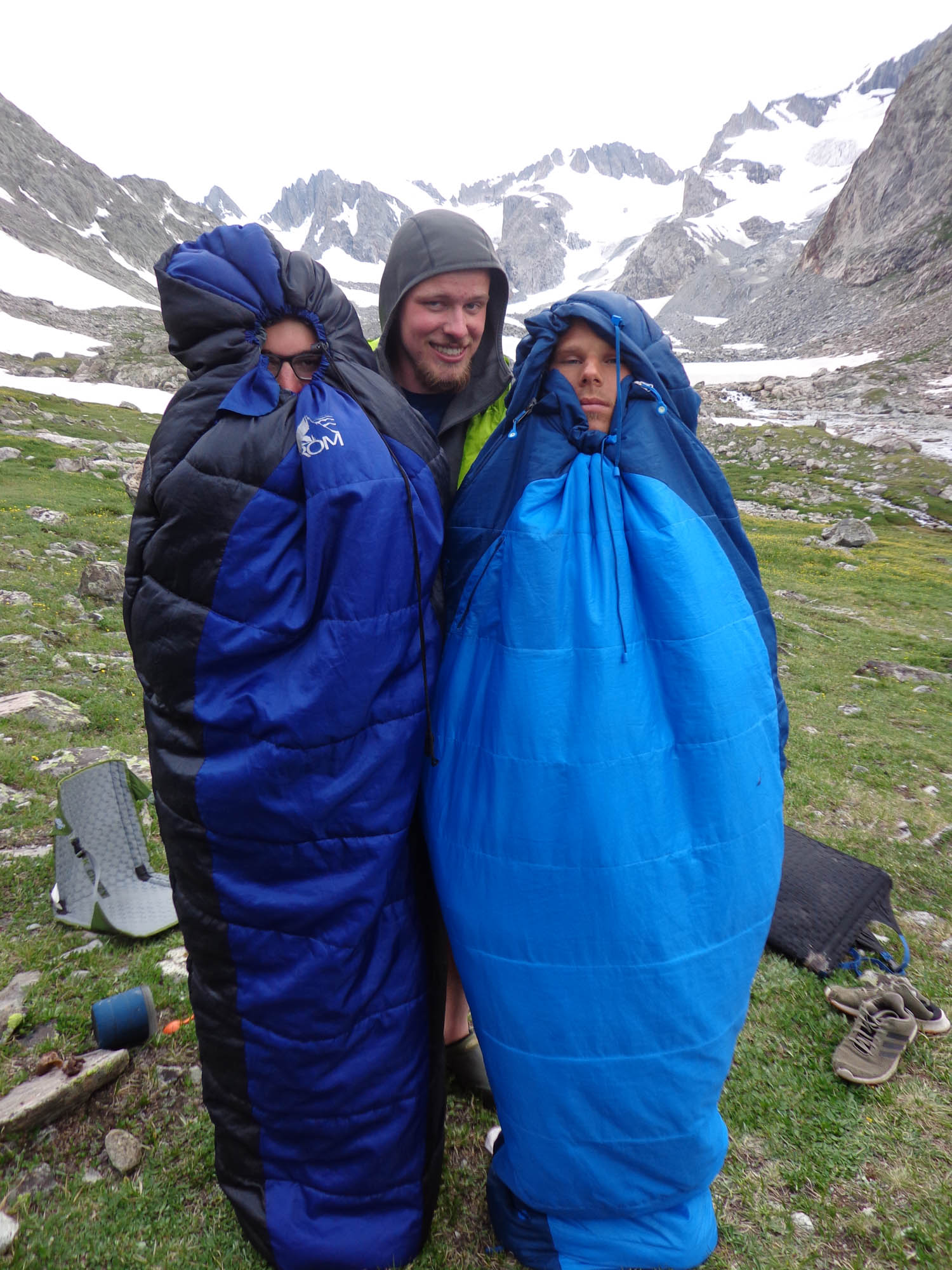
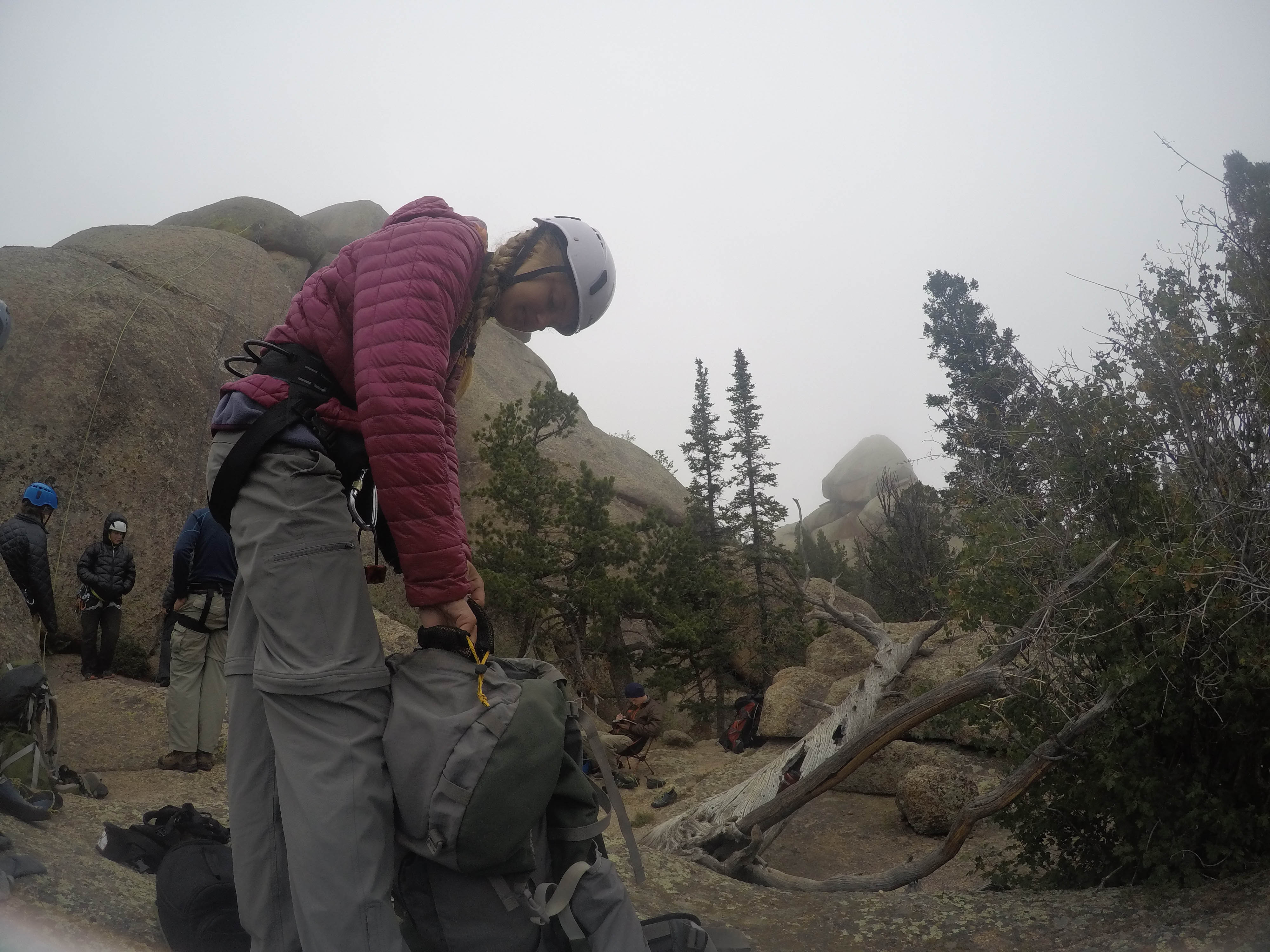
TOOLS:
- Re-usable heat holders. Consider investing in re-usable heating devices that are small and can be re-used after a simple boil in water (check out the ones I have: Re-usable heating pads). Don’t have time to order some? You can always use items you do have! Try putting boiling water in a water bottle (not insulated!) like a nalgene and snuggle with it during the night. Careful though! They get hot. Put a t-shirt between you and the hot bottle.
- Clothing. Be prepared and equipped for the weather you will encounter. Keep your core warm with layers so that it happily pushes warm blood to your extremities. We always recommend wool, but anything that will keep you dry and is not restrictive (allowing good blood flow) will work. When in doubt, cover, cover, cover!
- Your adventure buddies are your biggest tool. Always check in with one another and be open and honest about how your body is doing.
TIPS:
- Don’t fall for it! Judgement traps cause many cold related injuries. It can be a beautiful day out, but the water may be too cold for swimming. Or, a beautiful day can bring in a chill after the sun dips below the horizon! Don’t let the weather fool you.
- Avoid being wet. Water conducts heat away from the body 25 times faster than air because it has a greater density (therefore a greater heat capacity). Avoid this by getting good wicking clothes or changing out damp clothes entirely. Stay dry to stay alive!
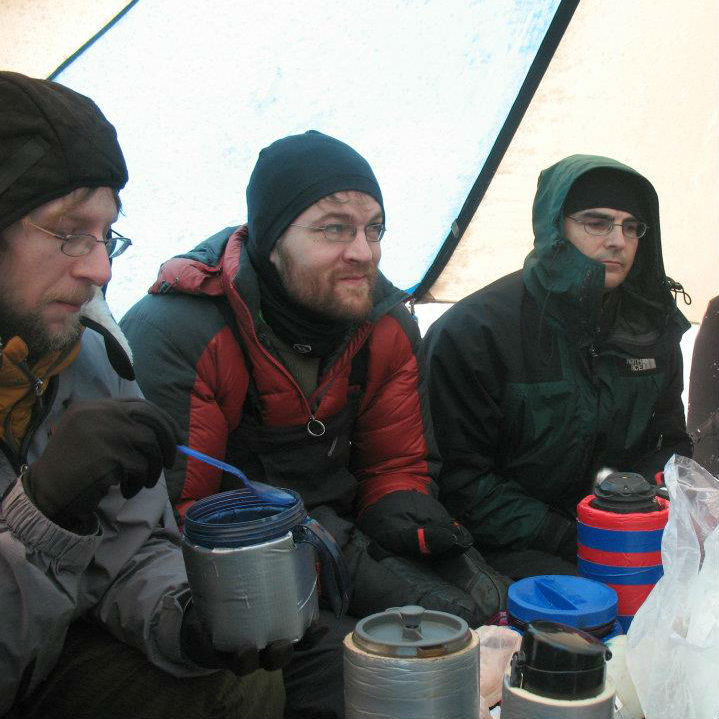
3. Eat your nom noms. After a long day, sometimes it is tempting to just make a quick meal and hit the hay. Remember, food is fuel. Your body needs fuel to maintain temperature! Don’t make oatmeal for every meal- incorporate good sugars, carbs, fats, and veggies. Also, make sure to account for additional calories needed when out on the trail and in extreme temperatures. In most cases, cold injuries result from extended exposure or lack of attention. Paying attention to your meals everyday will help in thermoregulation
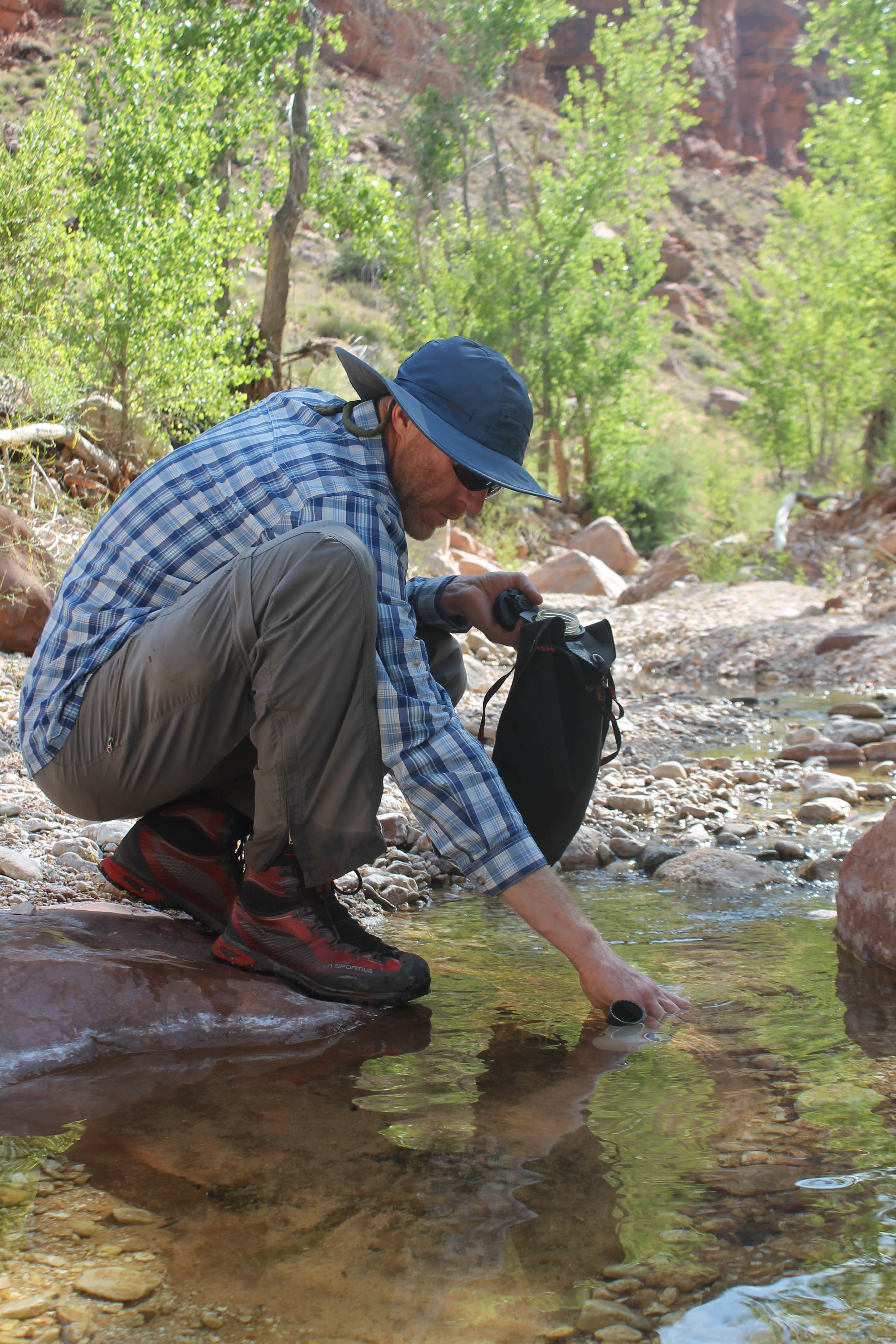
TRICKS:
Temperature formula. If the air temperature and water temperature combined is above 120 ℉ (H20 temp + air temp = > 120 ℉ ) you can consider swimming. This is a quick trick to get a good gauge, but remember to always use good judgement for each particular situation.
How to gauge water temperature with your hand:
- You can’t keep your hand in for more than 60 seconds = ~50 ℉
- If the water is cold on your hand but not unbearable = ~68 ℉
- Lukewarm (not warm and not cold) water to the hand = 91 ℉
FUN Prevention. Try to come up with some clever ways to prevent the cold from setting in. My favorite trick is having a “go” word. For example, when someone says an agreed upon word (yes, no, maybe, mountain, etc.) the person that catches them saying the word says “go do ______” (establish guidelines before the game starts). It helps to get everyone moving and makes a fun game for people!
ADDITIONAL RESOURCES
DEFINING THE TERMS:
Radiation – loss of heat to the environment due to the temperature gradient (this occurs only as long as the ambient temperature is below 98.6). Factors important in radiant heat loss are the surface area and the temperature gradient.
Conduction – through direct contact between objects, molecular transference of heat energy. Ex: our body heat transferring to water.
Convection – is a process of conduction where one of the objects is in motion. Ex: windchill
Evaporation – heat loss from converting water from a liquid to a gas
Cold Injury: An injury caused by exposure to extreme cold that can lead to loss of body parts and even to death
RESOURCES:
1- https://www.princeton.edu/~oa/safety/hypocold.shtml
3- http://www.empoweredwomeninbusiness.com/bust-the-scarcity-myth-free-call/
4- http://www.flylady.net/d/wp-content/uploads/2016/10/
5- http://www.clipartpanda.com/categories/tip-clipart